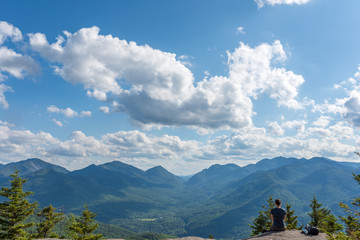
Any off-road journey has its difficulties, and the first one might be quite frightening. Whenever you embark on your first adventure, you should be familiar with the following six tips and tricks. Look it up!
Thirst and Hunger

Packing the necessities, such as food and water, is always important, whether it's your first vacation or your 100th. Always bring food, and make sure you drink plenty of water while traveling. You never know when a one-day excursion will turn into a three-day trip.
Additionally, if you eat well, you will constantly feel more energized and be able to think more clearly under difficult circumstances.
Avoid social stigma
This may sound ridiculous, but it's the reality. Avoiding peer pressure is a terrific method to maintain your boundaries and prevent yourself from acting against your better judgment. Because we gave in to peer pressure and did something we previously wouldn't have done, items get destroyed or dented.
The first time you go out, you're likely to feel nervous, so take a moment to unwind, sit in your car, and become accustomed to your surroundings and the vehicle you are operating. Additionally, you should always fasten your seatbelt. If you roll over or crash, wearing your seatbelt will keep you inside the vehicle and keep you safer.
Inflate your Tires
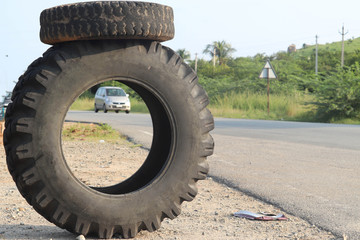
One very important thing to remember is to deflate your tires by 15 pounds when you arrive at your off-roading location. Without having to worry too much about the tire popping off the rim of the bead seat, this is a safe amount to drop. Additionally, it makes for a smoother ride on uneven trails and aids in your tires acquiring more traction while off-roading.
One suggestion is to ensure your lock-outs engage by grasping your tire and rocking the car if you have selectable lock-outs in the front hub area. This enables you to hear the clicking sound and helps blend them all together.
Parking brake usage
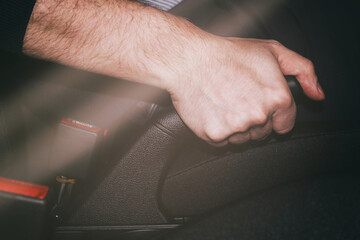
You should always remember to use the parking brake, for example. Always release the parking brake when stopping for a brief break while enjoying the journey, especially if you plan to exit the vehicle. The best way to apply your parking brake is to press the brake pedal while holding the footbrake, shift the transmission into neutral, apply the parking brake, let go of the pedal, let the car settle into place with the parking brake applied, push the brake pedal while pushing the brake pedal, and then shift the transmission into park.
This enables you to prevent your rig from rolling away on you and prevents the entire weight of the vehicle from relying on the tiny pin that holds it in park. Setting your parking brake while driving your daily driver is the most effective approach to develop the habit. Before you resume your adventures, don't forget to release the parking brake.
Changing Focus Areas
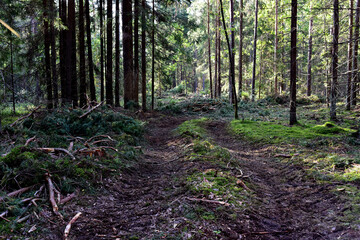
Consider that you primarily run faster trails. When it's snowing or muddy, four-high is the optimum setting, unless you're climbing hills or crawling, in which case four-low is preferable. Using a small trick is one of the simplest methods to keep information in your memory. For better control, try to recall four-low. However, if you're unsure since you don't know the trails well in that circumstance, always ask a friend for a second opinion.
Possess a spotter
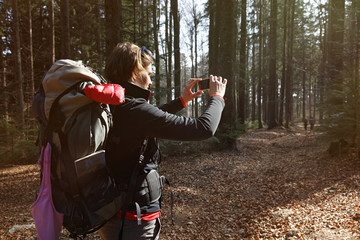
The final tip is to always have a spotter. It's never a bad idea to have a spotter because it enables you to keep people safe and allows them to assist keep you safe. No matter whether you're exploring a smooth trail or some difficult terrain, always have a spotter.
One can never predict when something might go wrong. The spotter can always see things that you can't because they are outside the car. As a result, they might be able to assist you in navigating difficult barriers and determine the best course of action for you.
So before beginning your next off-roading excursion, are you fully prepared? Don't forget your off-road gear!
Be safe on your adventure!


